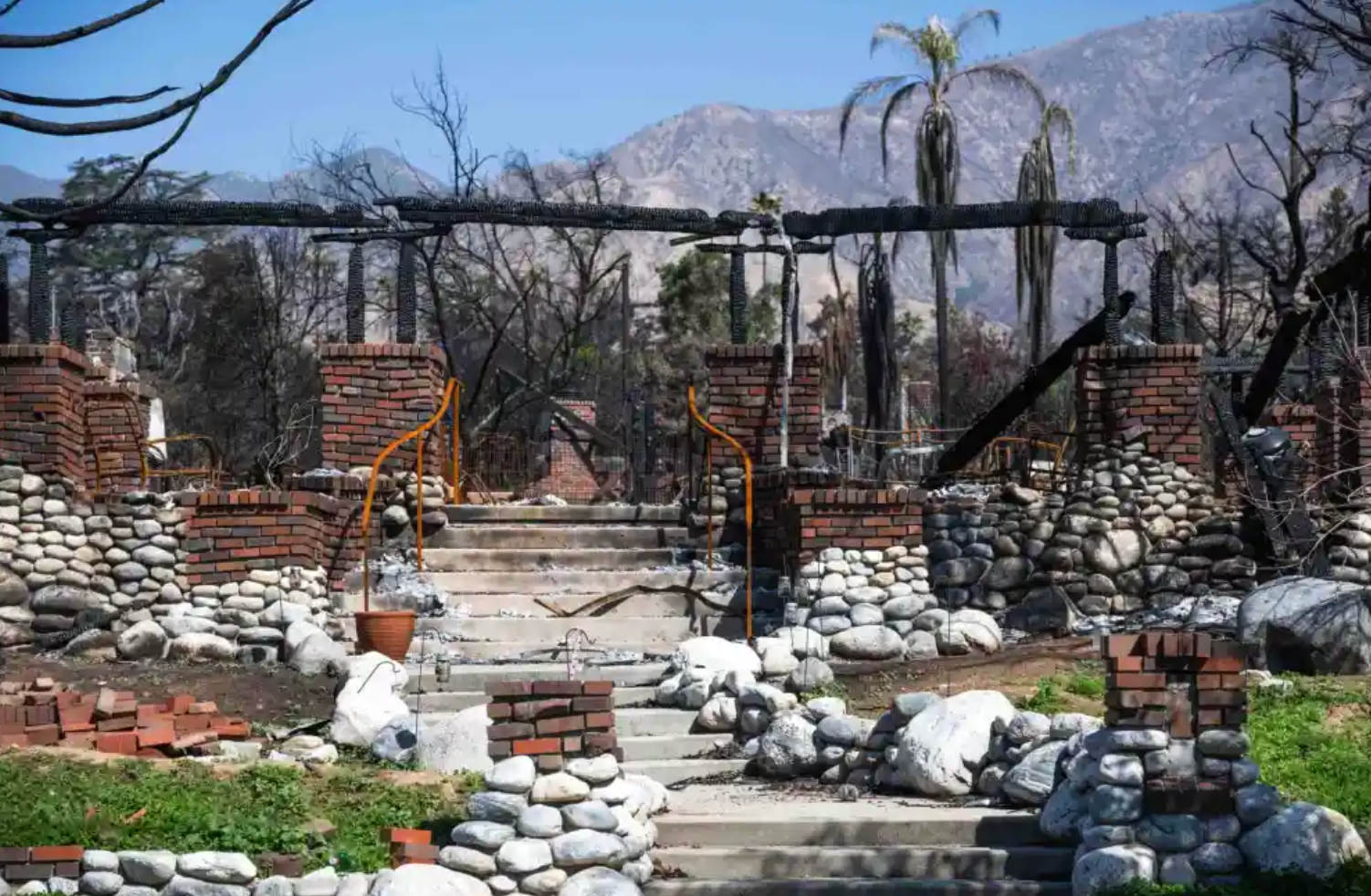Toxic Soil After L.A. Wildfires: When the Government Won’t Test, Residents Take Action

In the aftermath of Southern California’s devastating wildfires, a new environmental concern has emerged—toxic soil. While the charred homes and scorched landscapes are visible scars, what lies beneath the surface is far more alarming: dangerous levels of heavy metals and chemicals in the soil that could pose serious health risks for returning residents.
Despite the urgency, federal agencies like FEMA have opted not to test residential soil, stating it falls outside their responsibility. This lack of action has left homeowners, community groups, and journalists scrambling to find answers.
Independent Testing Reveals Dangerous Contaminants
According to a recent investigation by the Los Angeles Times, independent soil samples collected from properties burned in the L.A. fires tested positive for arsenic, lead, and other harmful substances. These contaminants likely came from household items, electronics, and building materials incinerated during the fires.
One test site revealed lead levels more than five times higher than what California considers safe for soil. Such exposure, especially for young children, can lead to lifelong health issues, including neurological damage and developmental delays.
The Government’s Position—and Its Limitations
The U.S. Environmental Protection Agency (EPA) and FEMA argue that they only test soil when hazardous waste sites or federally declared Superfund sites are involved. In cases of wildfire destruction on residential properties, there is no mandate requiring federal soil testing, even if public health is at risk.
Instead, cleanup efforts often focus on removing visible debris, leaving many residents unaware that the soil beneath their future rebuild may be toxic.
Community-Led Solutions Are Filling the Void
In response, local advocacy groups, journalists, and academic researchers have taken matters into their own hands by:
- Collecting independent soil samples
- Hiring certified labs to run toxicity tests
- Sharing results with neighbors and public officials
- Pushing for updated post-disaster soil safety protocols
Their work informs the public and challenges governmental agencies to re-evaluate their post-wildfire protocols.
Why It Matters for Future Rebuilding
Understanding the risks of toxic post-fire soil is crucial as climate change intensifies and wildfires become more frequent in California and beyond. Residents rebuilding homes on untreated land may unknowingly expose themselves and their families to serious health hazards.
Experts urge anyone rebuilding on fire-damaged land to:
- Hire environmental consultants to test the soil
- Use protective equipment when working with exposed soil
- Avoid gardening or installing play areas before testing
- Contact local representatives to push for policy changes
This story is more than just a local issue—it’s a national wake-up call. Without proactive soil testing, post-fire recovery remains incomplete and unsafe. Communities deserve transparency, support, and a commitment to public health in every disaster response phase.

